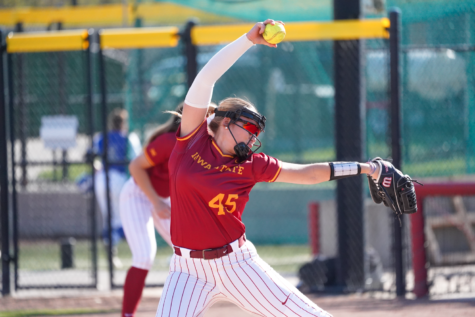The Straw that snorts too much cocaine
November 16, 2000
It is often said of an athlete, “If you can survive in New York, you can survive anywhere.”
Darryl Strawberry did not make it then.
On Tuesday, as southpaw flame-thrower Randy Johnson was handed the Cy Young, the left-handed Strawberry, who’s name last appeared on a Yankees uniform, found his way into the morning-after papers.
The Straw was released from a Tampa jail on Tuesday and ordered to return to Health Care Connections, a drug treatment center for athletes in Tampa.
Wrapped around his ankle, an electronic monitor, telling jail officials of his every move.
Strawberry served 21 days of a 30-day sentence for violating his probation and smoking crack with a female friend on Oct. 25.
This latest lapse into drug use stemmed from his colon cancer treatment.
“The chemo was tearing me apart,” he told Jane Pauley of “Dateline NBC” on Sunday from his prison cell. “I didn’t want to live anymore.”
“Life hasn’t been worth living for me, that’s the honest truth,” he told a Tampa judge, seeking an even earlier lift to his 30-day sentence.
Dressed in an orange penitentiary uniform that seemed to fit him as well today as the New York Mets jersey that stretched over his body in the mid ’80s, Strawberry told the judge some sobering personal facts.
“I am not afraid of death,” he said.
In fact, the only reason the Straw hasn’t killed himself is because of his love for his five children.
I watched Strawberry tell his story on television that day.
I felt little empathy for the 8-time All-star however. Suicide and repeated lines of snorted cocaine is not the lifestyle of a born-again Christian that Strawberry claims to be.
In 1999, Darryl and Chaisse released the book “Recovering Life.” It deals with overcoming adversity and the power of love. And to a degree, God’s love.
Maybe his faith is shallow. But Strawberry is sure of one thing: In the end, cocaine wins.
His career started so promising.
In 1983, Strawberry was named Rookie of the Year. In ’86, he led the Majors in All-star voting. And later that year, he hoisted up the World Series Championship trophy with his teammates.
In 1988, the Straw swung a mighty stick. Leading the National League with 39 home runs, which tied his own club record set a year before.
1990 was Strawberry’s twilight of greatness.
On Sept. 1, as he rounded second base in San Francisco, Strawberry watched the jumbo-tron as his career hit total switched to 1,000.
Strawberry’s game dipped significantly after that. His years with the Giants and Dodgers are vague in many fans minds.
Perhaps the microcosm of Strawberry’s later career — where drugs were laced with baseball — occurred in 1998.
In May, Strawberry threw some punches in Baltimore. Landing himself a three-game suspension.
Two days shy of a month later he returned to Camden Yards and sent a drive deep into the evening. 465 feet later it landed in the old warehouse directly outside the stadium.
It was the longest home run ever reported at Camden Yards.
That year and the two years since, cocaine and the Straw have been found together by police.
With Darryl Strawberry, as ESPN.com columnist Ralph Wiley put it, “dying is easy. It’s living that’s hard.”
















